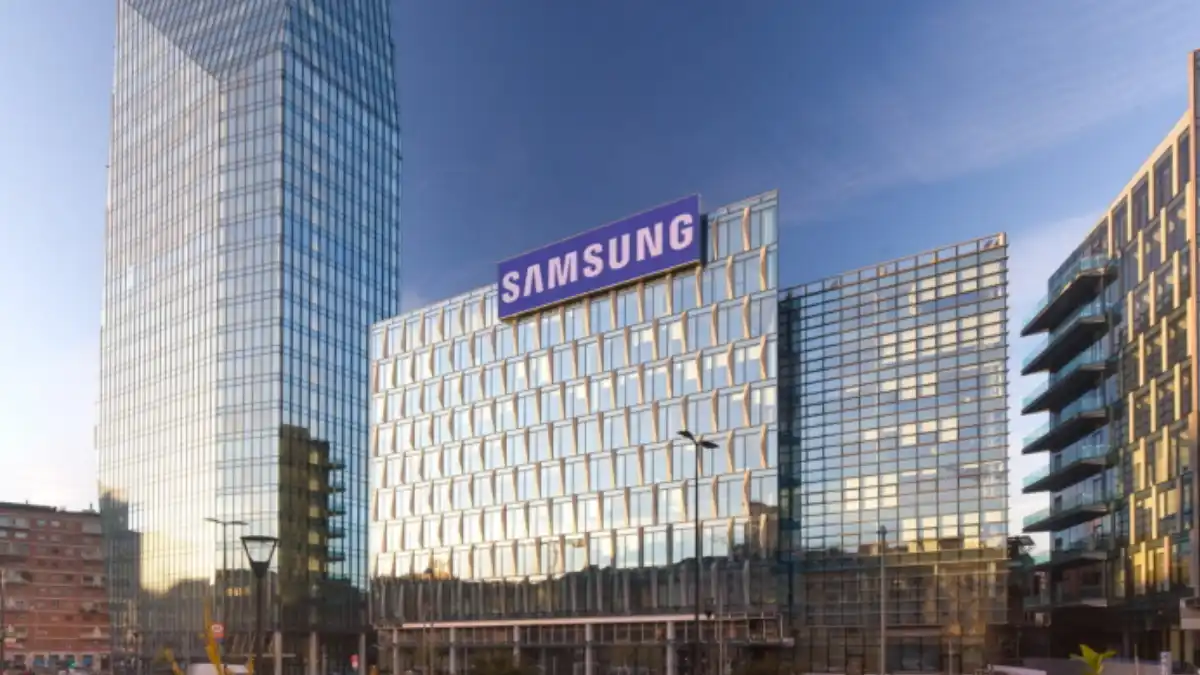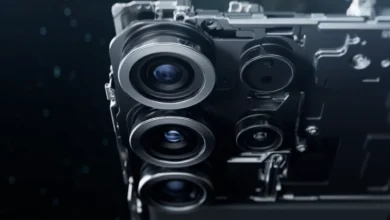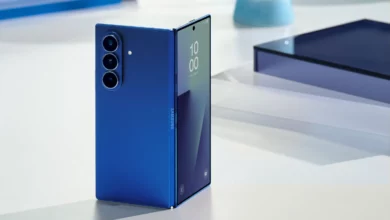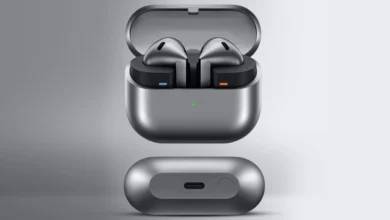Samsung Filed A Patent For Variable Refresh Rate: Different Parts Of A Single Screen
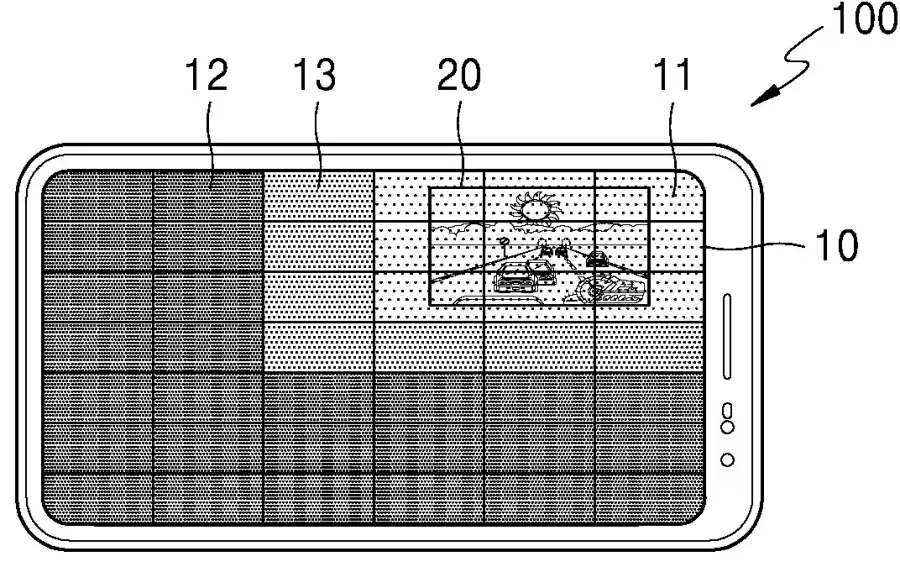
A piece of new information was received today that Samsung has applied for a variable refresh rate technology. The application shows the device’s schematics having variable refresh rates, e.g., screen functions with a different refresh rate in different screen parts simultaneously.
If we take it practically then, the upcoming Galaxy S23 series would be the one to get this type of functionality, presumably.
The Tech:
The display will constitute newer programming and hardware, enabling the device’s screen to display at variable refresh in different parts simultaneously via getting information from the processor and sending it into multiple blocks. A new type of integrated driving circuit display, DDI, would be installed on the device.
Some devices may have variable refresh rates up to 1-120Hz, i.e., this saves energy as 1hz is for things like the time, date, notifications, missed calls, and more or where something is not happening on the screen.
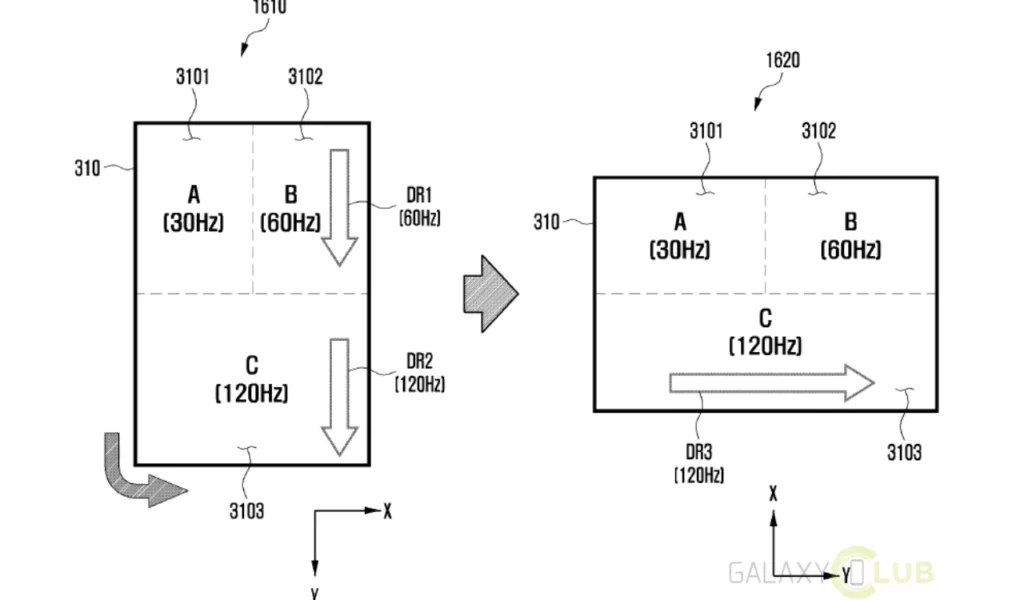
Expectations:
Samsung Galaxy S22 was the first device and the Galaxy S21 series to sport a fixed refresh rate of 120hz at peak. As one of the OEMs, Samsung makes excellent displays for many vendors.
It is highly conceivable that the Galaxy S23 series will be the one to showcase such a feat with the selling point.
“We are a team of passionate individuals dedicated to providing quality content that keeps you updated and gives you the edge in the latest smartphone development. Your feedback and response are valuable to us, So please share your feedback and suggestions in the comments. Until then, we will see you all next time.”
Source & Reference:
